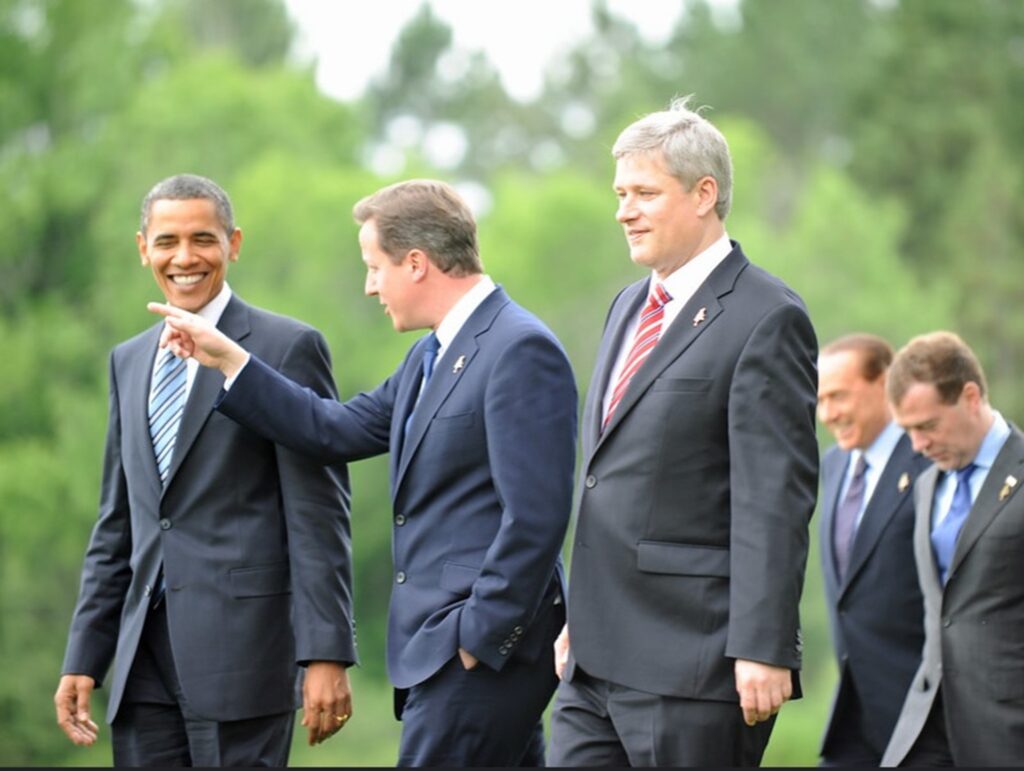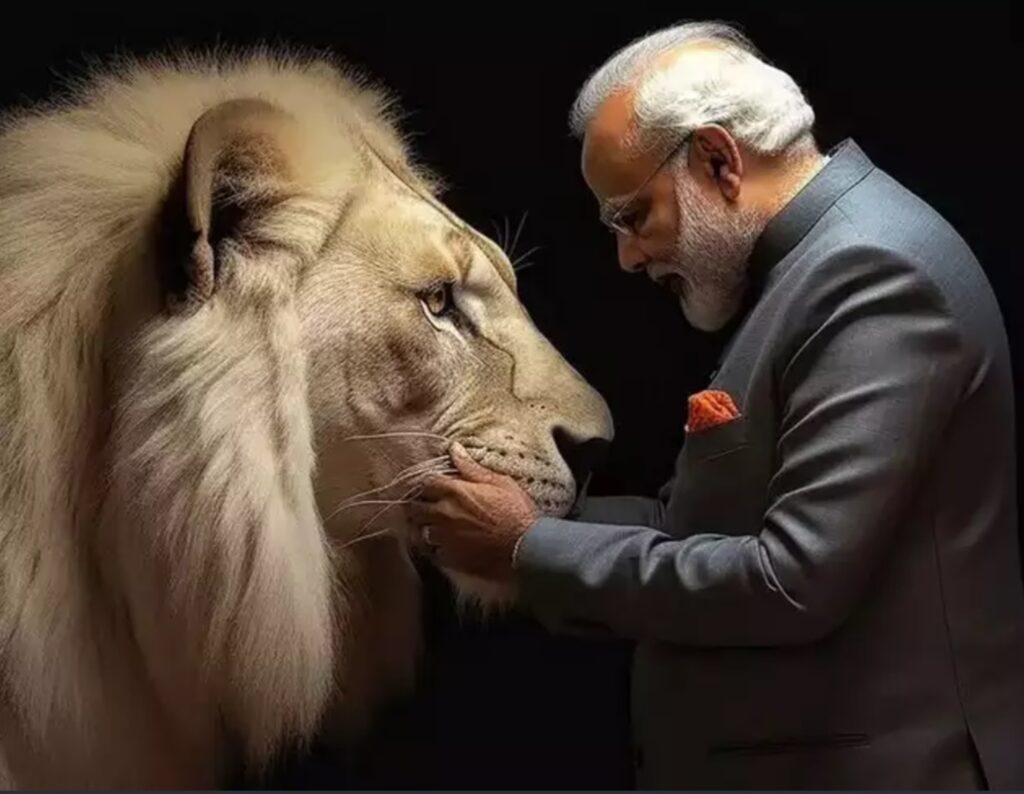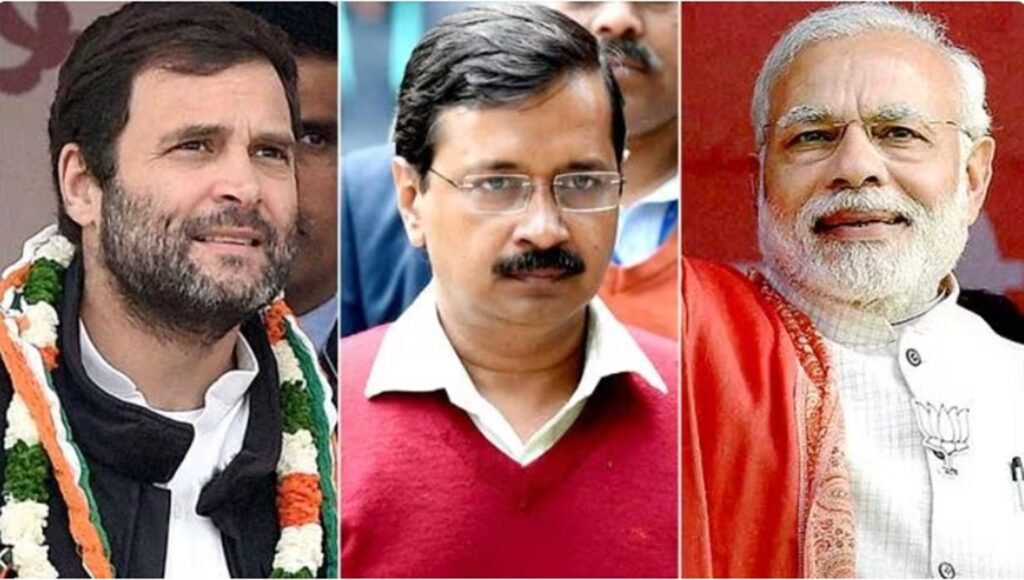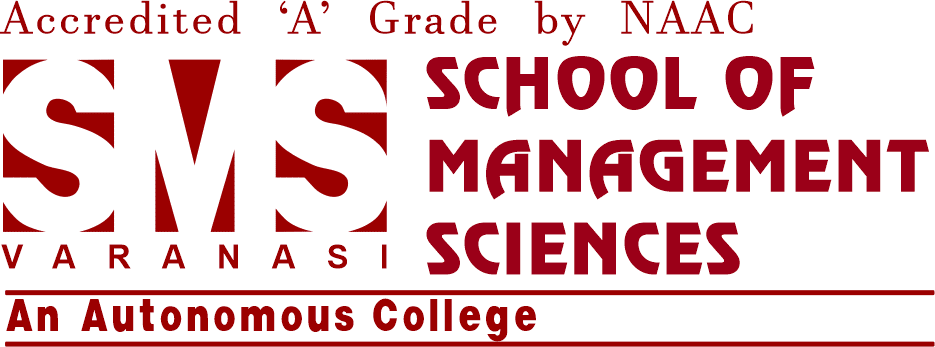The dance between political power and media attention is a familiar tango in global politics. In India, this dance assumes a significant rhythm. The relationship has always been mutual: while politicians require media exposure to convey their ideologies and garner support, media entities thrive on the accessibility to the happenings inside political corridors for their content.
Notably, many of these media entities are often bankrolled by affluent magnates with political affiliations, making the connection even more profound.
Within this realm, politicians like Narendra Modi have adeptly utilised the power of media to sculpt their public persona, often sidelining their adversaries and orchestrating the public’s perception of pivotal issues. The strategy entails:
- exclusive interviews,
- tactical information leaks, and
- exerting subtle pressures on media outlets to frame narratives in a favourable light.
On the flip side, the mass media, dependent on such political heavyweights for both information and financial sustenance, often play along.
However, this symbiosis has its pitfalls. The undeniable control politicians exert over media narratives compromises its independence, making it arduous for media houses to critique them transparently. This liaison also opens the floodgates for misinformation and self-promotion, denting the media’s credibility in the eyes of the public.
The Power-Media Attention Dynamic

Political communication research often delves deep into how politics is portrayed and consumed through various media platforms. It covers various subjects, such as:
- the role of the media in politics,
- political advertising,
- public opinion, and
- the rising threat of misinformation in the digital age.
Some key insights from this research include:
- Media’s Influence on Public Opinion: The power of mass media cannot be understated when it comes to moulding public opinion. By setting the agenda on what issues get spotlighted, the media can frame narratives and influence perceptions about political figures and events.
- The Complexity of Public Opinion: Public opinion isn’t static. It’s shaped by myriad factors ranging from personal experiences to the media exposure individuals receive.
- Role of Advertising and Debates: While political advertising has a role in heightening awareness about candidates and issues, its effect on electoral outcomes is often debated. Similarly, political debates provide an avenue for politicians to showcase their ideologies, but their overall impact is multifaceted.
- Rise of Social Media: The world of social media has increased the reach of political messaging exponentially. However, it’s a double-edged sword. On one hand, these platforms are good for broadcasting discourses, they are also a fertile breeding ground for misinformation.
- Misinformation’s Threat: The rapid spread of political misinformation on platforms like social media poses a genuine threat to informed democratic processes.
Through specific studies, such as the one from Stanford, it’s evident that media exposure, especially in the digital age, can significantly affect beliefs and perceptions. This dynamic is further complicated by platforms that amplify misinformation, a matter of grave concern in modern political communication.
The Correlation Between High-Level Political Positions and Media Attention
Narendra Modi, the Prime Minister of India, is one of the best examples of how someone who holds a high political office receives extensive media attention. Due to the high-level political roles he holds, his decisions, actions, and even inactions are under the media’s constant gaze.
Such heightened media exposure can both inform the public and ensure leaders remain accountable. However, there’s a potential downside: it can skew public perception and even dissuade individuals from entering the political fray, fearing undue scrutiny.
Political Functions vs. Charisma and Experience
While charisma and experience undoubtedly play roles in garnering media attention, it’s the political functions that often dominate the headlines. The media, in its pursuit to serve the public interest, focuses on the actions and decisions of politicians, especially those that have far-reaching consequences.
For instance, a politician’s stance on a divisive issue might receive more coverage than their years in office or their charismatic appeal.
Narendra Modi’s rise to prominence in India exemplifies this dynamic. While his charisma undoubtedly contributes to his media presence, it’s his political functions, decisions, and leadership style that dominate the headlines.
The power of media in shaping public perception becomes evident when it continuously focuses on political acts rather than just the personality.
As consumers of media, recognising this dynamic is crucial in understanding and interpreting political news and events.
The Media Path to Power

The journey to political power is arduous and filled with hurdles. For a politician, two significant milestones along this path are the positions of a party leader and a minister. These roles offer an unparalleled influence over public policy and the nation’s future direction.
However, an underexplored factor in this ascension is the role of media. Does having more media prominence assist politicians in reaching these pivotal positions?
Becoming a Party Leader
Achieving the role of a party leader is a remarkable feat. Responsible for shaping the party’s ideology, ensuring unity, and presenting the party’s face to the public, this position is paramount. A politician can’t simply walk into this role; it requires a combination of networking within the party, showcasing leadership qualities, and building a public image.
Ascending to a Ministerial Role
Equally crucial is the role of a minister. As the individual helming a specific governmental department, a minister’s decisions have far-reaching implications. Their role not only involves policy-making but also representing the nation in various capacities. But this coveted position is often at the discretion of the head of the government and is influenced by factors ranging from expertise to political loyalty.
Media Prominence: A Stepping Stone to Power?
A pattern seems to emerge when examining the careers of many influential politicians: media exposure significantly precedes their rise. A strong media presence offers multiple advantages:
- Building Reputation: Regular media appearances can embed a politician’s image in the public consciousness, fostering trust and credibility.
- Gaining Public Support: Media exposure offers politicians a platform to voice their views and directly communicate with the electorate. This connection is instrumental in winning public sentiment and votes.
- Catching the Eye of the Power Brokers: High media visibility ensures that influential figures within the political spectrum notice an upcoming politician. This attention can translate into endorsements, strategic alliances, or high-profile appointments.
Several politicians globally exemplify this trend:
- Imagine a relatively unknown Barack Obama delivering a speech that resonates so deeply that it propels him from being a hidden gem to a widely recognized figure, and eventually, to the U.S. Presidency. Picture this – his words at the 2004 Democratic National Convention weren’t just words; they were an electric current, igniting his journey towards becoming one of the most powerful leaders in the world.
- Now, take a peek into the journey of Narendra Modi. Here’s a man deeply rooted in his regional leadership role in Gujarat, suddenly thrust into the spotlight, not for a joyous occasion, but a tragic one – the 2002 Gujarat riots. The media’s lens zoomed in on him, framing him into a national figure, a process which undeniably contributed to him climbing the political ladder, all the way up to the Prime Minister’s office in India.
- And then, there’s the tale of Justin Trudeau. Initially, he was widely recognized simply as the son of a former prime minister. But when he was elected as the Liberal Party leader in 2013, the media spotlight intensively beamed on him, weaving his image into the Canadian political tapestry, and undeniably playing a hand in carving his path towards his prime ministerial victory.
The common thread? The glaringly powerful impact of media on political careers. While it’s not the be-all and end-all, there’s no denying the substantial boost it gives to politicians. As media, public perception, and politics might increasingly intertwine, decrypting the journey through the media to reach political heights has never been so paramount.
In our modern era, how a politician navigates through the media maze might just be the sharpest strategy in their arsenal. So, here we find ourselves, witnessing and becoming part of history shaped significantly by media narratives.
Case Study: Narendra Modi

Source: Navbharat Times
Growing up in a humble home in Gujarat, Narendra Modi’s story starts with modest roots and limited schooling. If someone had told young Narendra that he’d one day be the face of India’s political landscape, it might have sounded like a dream. Yet, life had grand plans. Joining the Bharatiya Janata Party (BJP), he swiftly climbed the ranks, and by 2001, he became Gujarat’s Chief Minister.
His time in Gujarat saw booming economies and impressive infrastructural upgrades. But it wasn’t without its controversies. The haunting memories of the 2002 Gujarat riots, with the tragic loss of over 1,000 lives, primarily Muslims, cast a long shadow over his accomplishments.
Enter the media. If one can pinpoint what steered Modi’s meteoric rise, the power of media would be front and centre. His unique blend of charm, shrewd strategy, and the resonating Hindu nationalist sentiment in India gave him an edge. Using the mass media, he crafted an image that resonated with millions.
Fast forward to 2014, and Narendra Modi, riding the waves of media exposure, led the BJP to a sweeping victory, becoming India’s Prime Minister. By 2019, his leadership saw another nod of approval, winning him a second term with an even bigger majority.
Taking a step back and looking at the broader tapestry from 1993 to 2023, Modi’s media portrayal offers an interesting lens. The 90s painted him mainly in connection with the Hindu nationalist movement, and the coverage wasn’t always kind. However, as years rolled by and the 2000s dawned, the narrative began shifting. Media exposure highlighted Gujarat’s growth under his helm.
As he stepped into the role of Prime Minister in 2014, the mass media’s spotlight on him was largely golden, capturing a leader that many in India and beyond admired. But with time, as is the nature of power and politics, the media lens captured a wider spectrum. Concerns over his decisions, especially around COVID-19 and perceived issues with minority communities, found their space in media discourse.
From his days in Gujarat to his reign at the Centre, every step of Modi’s journey felt the influence of media exposure. While it celebrated his achievements, it didn’t shy away from controversies, like the 2002 riots. This duality in the power of media, acting as both a beacon and a critic, shaped public perceptions of him.
Narendra Modi’s tale, interwoven with the media’s role, stands as a testament to the incredible influence of mass media in shaping political stories. Whether elevating a leader to dizzying heights or posing challenging questions, the power of media remains undeniable.
Through highs and lows, Modi, with the media at his side, continues to leave a profound impact on India’s political tapestry.
Findings: Media’s Role in Career Progression of Indian Politicians

Source: Hindustan Times
India’s mass media, being diverse and vibrant, not only shapes public opinion but also the fate of politicians. Politicians often utilise the power of media to communicate their agendas and gain public trust. Conversely, the media also has the capability to critically analyse and expose any discrepancies in their actions:
- Narendra Modi: The story of Narendra Modi’s rise is emblematic of the power of media in propelling a politician’s career. Modi, before the notorious 2002 Gujarat riots, remained relatively less known.
However, the media’s extensive coverage of his management during the riots brought him into the limelight. He was widely praised for bringing stability back to Gujarat, which subsequently aided his ascent to the role of the Chief Minister and eventually the Prime Minister.
- Rahul Gandhi: Despite being from the illustrious Nehru-Gandhi family, Rahul Gandhi has not always had favourable media exposure. After leading the Congress Party to a substantial defeat in 2014, he faced immense media scrutiny. His perceived inefficiencies and indecisiveness were often highlighted, dampening his political image.
- Arvind Kejriwal: The founder of the Aam Aadmi Party (AAP), Kejriwal, leveraged the power of media, especially social media, to his advantage. His populist messages resonated with many, garnering significant media attention, which helped him secure electoral victories.
Comparing Ministerial and Party Leadership Aspirations
While media attention can be a significant boon for politicians aiming for both ministerial and party leadership positions, the intensity of its influence varies based on various factors:
- The Political System: In parliamentary frameworks, party leaders often possess more power than ministers. This can determine how the media influence tilts between the two roles.
- Party Structure: The mechanism by which a party leader is chosen can dictate the media’s impact. In parties where leaders are elected by the masses, media exposure plays a more direct role.
- Individual Acumen: The personal capability of politicians to manage their image in the mass media is crucial. Those adept at this tend to reap more benefits.
- Political Climate: The prevailing political atmosphere can sway the media’s focus. Leaders exhibiting strength during crises might get an upper hand in both ministerial and leadership races due to amplified positive media attention.
Unpredictable Media Influence on Narendra Modi’s Career
The influence of media occurrences on Narendra Modi’s political trajectory provides an interesting case study. Contrary to linear or consistently increasing media positivity, Modi’s media coverage has oscillated between praise and criticism over time.
Conclusion
The mass media, with its far-reaching influence, remains a significant force in determining the careers of politicians in India. While it offers opportunities to build trust and propel politicians to the pinnacle of power, it can also be a double-edged sword, capable of altering perceptions and career trajectories. The case of Narendra Modi particularly illuminates the fluctuating nature of media exposure and its unpredictable influence on a political career. As Mass Communication students, you must understand the power of media and how it impacts the politics of our country.





